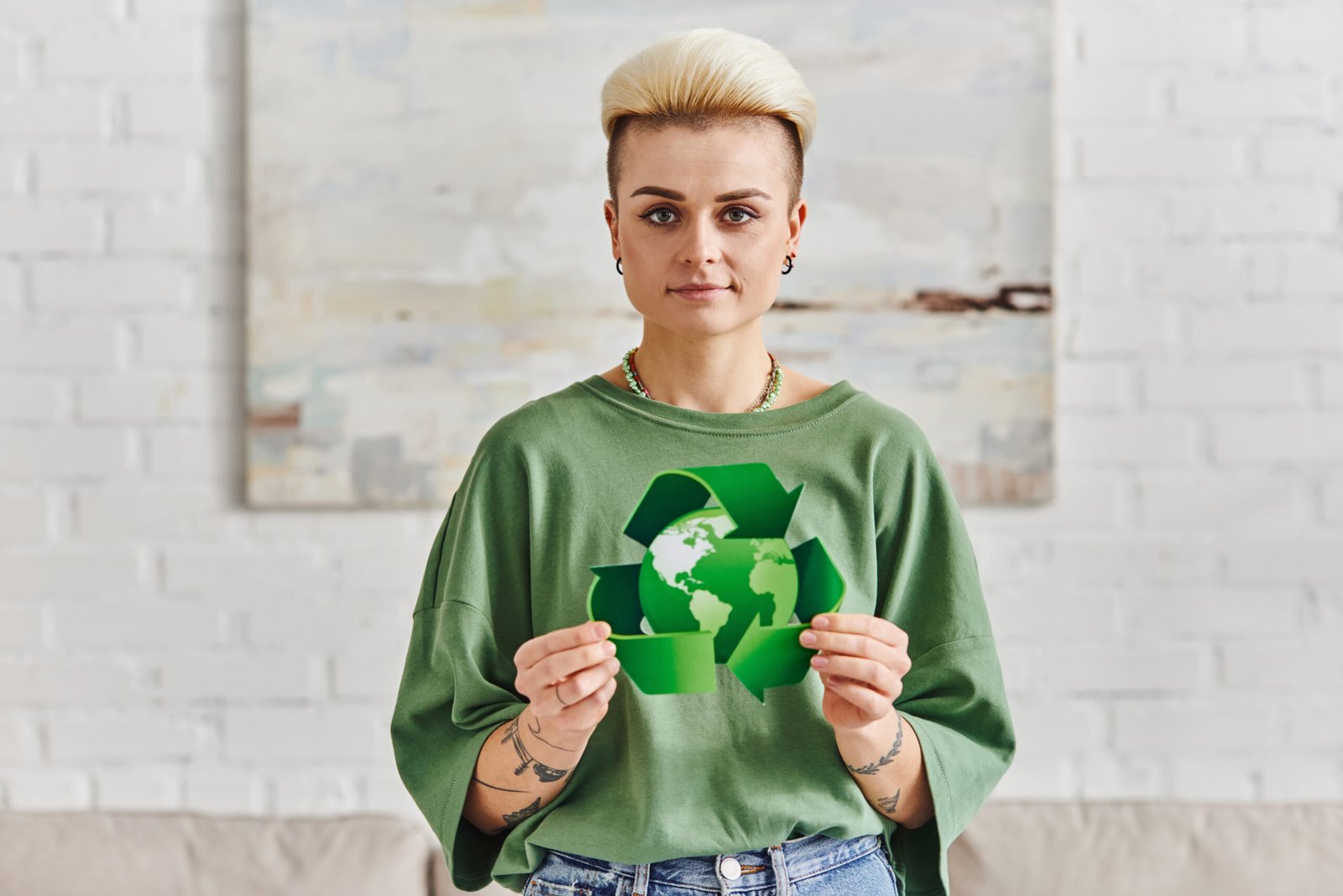The Impact of Fast Fashion vs Slow Fashion
Fashion keeps changing, but lately there are two main ways clothes are made: fast fashion vs slow fashion. These are very different! Fast fashion is all about cheap clothes and following the latest trends super fast. Slow fashion focuses on quality clothes made in a way that helps people and the environment. If you want to shop smart, you need to know the difference!
Fast Fashion: High Turnover, Low Quality
Fast fashion is characterized by its rapid production cycles and trendy garments. Brands churn out new collections weekly, mimicking high-end runway styles at rock-bottom prices. This affordability comes at a cost, however. Here’s a closer look at fast fashion’s core aspects:
- Production: Fast fashion prioritizes speed and low prices. This often translates to mass production in developing countries, where regulations might be lax.
- Materials: Synthetic fabrics like polyester are heavily used due to their low cost and easy manipulation. However, these materials are not biodegradable and contribute to microplastic pollution.
- Labor: The human cost of fast fashion can be immense. Workers, often women, toil in unsafe conditions for meager wages to meet the industry’s relentless demand.
- Durability: Fast fashion clothes are designed to be disposable. They are made with cheap materials and construction techniques, leading to quick wear and tear, and ultimately ending up in landfills.
Slow Fashion: Quality, Ethics, and Sustainability
Slow fashion offers a more mindful alternative. It’s about investing in well-made, timeless pieces that will last for years. Here’s what sets slow fashion apart:
- Production: Slow fashion emphasizes quality craftsmanship and ethical labor practices. Smaller production runs ensure better working conditions and fair wages for workers.
- Materials: Natural, sustainable materials like organic cotton, linen, and hemp are preferred. These materials have a lower environmental impact and biodegrade more readily.
- Transparency: Slow fashion brands are often more transparent about their supply chains, allowing consumers to make informed choices.
- Durability: Slow fashion garments are built to last. Higher-quality materials and construction techniques ensure these pieces become wardrobe staples for years to come.
What Is The Environmental Impact of Fast Fashion?
The environmental cost of fast fashion is significant. The textile industry is one of the largest polluters globally, contributing to greenhouse gas emissions, water pollution from dyes and chemicals, and textile waste overflowing landfills. slow fashion, on the other hand, promotes sustainable practices like using recycled materials and reducing water consumption during production.
| Aspect | Slow fashion | Fast Fashion |
| Resource Usage | Lower water consumption, less energy used | High water consumption, high energy use |
| Pollution | Less chemical pollution from dyes and treatments | Significant water pollution from dyes and chemicals |
| Waste Generation | Less textile waste due to longer lifespan of garments | Contributes significantly to overflowing landfills |
Making Conscious Choices
Ultimately, the choice between fast fashion and slow fashion is a personal one. However, by understanding the impact of each approach, you can make more informed decisions about the clothes you buy. Here are some tips for embracing Slow fashion:
- Invest in quality over quantity. Buy fewer, better-made pieces that will last longer.
- Seek out sustainable brands. Do your research and support brands committed to ethical and eco-friendly practices.
- Embrace pre-loved clothing. Consider buying second-hand clothes from thrift stores or online platforms. This extends the life cycle of existing garments and reduces demand for new ones.
- Care for your clothes properly. By washing and storing your clothes properly, you can significantly extend their lifespan.
Can Fast Fashion Ever Be Sustainable?
Can fast fashion truly be sustainable? The answer, in short, is no. Here’s why:
- Core principles clash with sustainability: Fast fashion thrives on rapid production cycles, low prices, and ever-changing trends. These elements inherently contradict sustainable practices that emphasize quality, resource conservation, and timeless design.
- Environmental impact remains high: Fast fashion relies heavily on synthetic materials like polyester, which have a significant environmental footprint throughout their lifecycle – from production to disposal. Additionally, the dyeing and finishing processes used in fast fashion often lead to water pollution.
- Human cost is a concern: Low production costs often translate to unfair labor practices and poor working conditions for garment workers. True sustainability goes beyond environmental impact and encompasses ethical treatment of workers throughout the supply chain.
The Future of Fashion
The rise of slow fashion reflects a growing consumer awareness of the environmental and ethical issues plaguing the fashion industry. By making conscious choices and supporting sustainable brands, we can collectively push the fashion industry towards a more responsible future.
Embrace Slow fashion – look good, feel good, and do good for the planet!
References
“The True Cost” (2015 documentary film). Directed by Andrew Morgan. You can find more information here: https://www.netflix.com/search/the-true-cost
“Fashion Revolution”. Fashion Revolution website: https://www.fashionrevolution.org/
“The Ellen MacArthur Foundation – A New Textiles Economy”: https://archive.ellenmacarthurfoundation.org/assets/downloads/A-New-Textiles-Economy.pdf










Recent comments
-

trendy clothes
Link exchange is nothing else but it is…
-

Michael Schoeninger
What are some good Tumblr blogs that allow…
-

Proxies cheap price
I simply wanted to jot down a brief…
Add a comment...